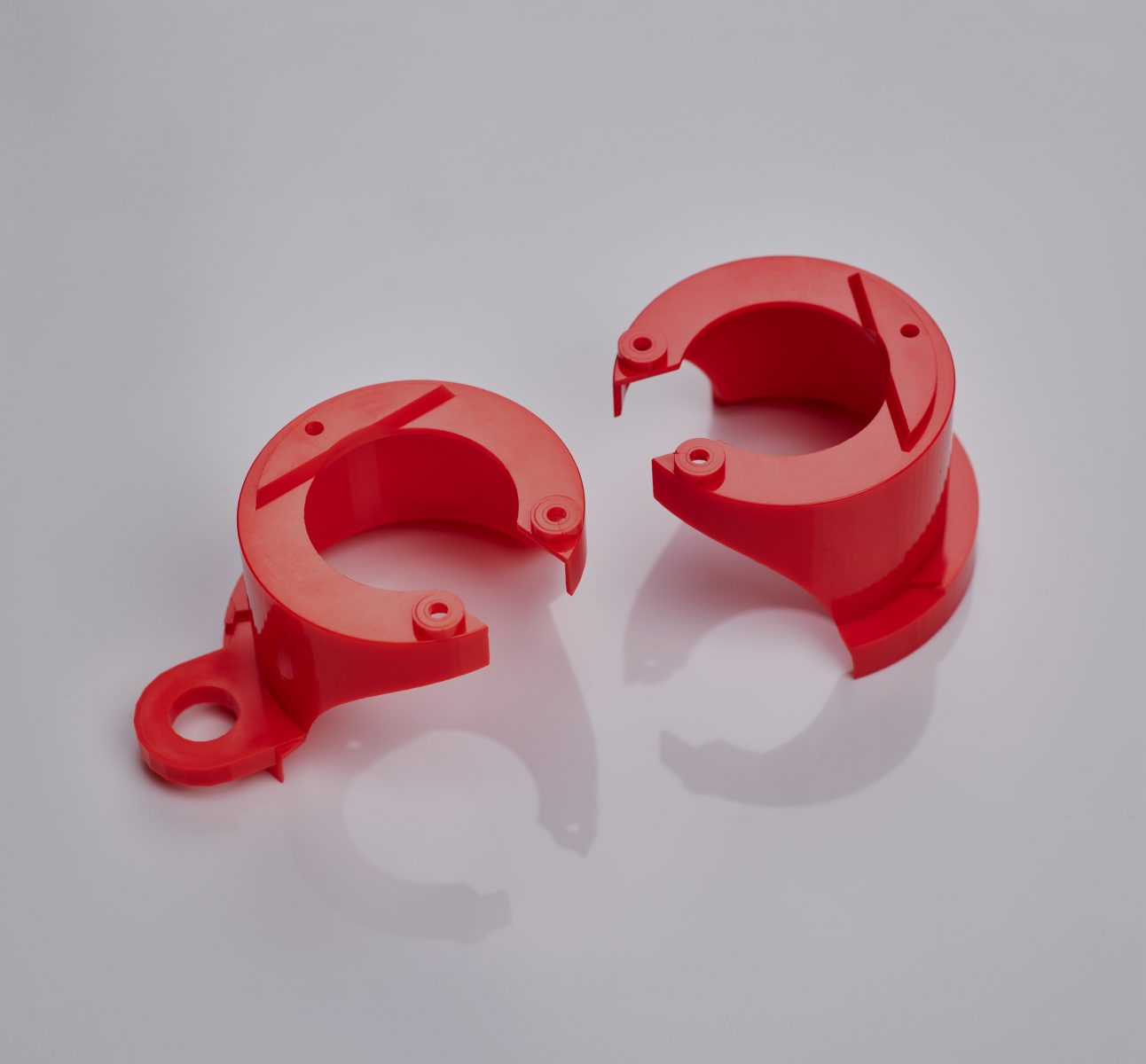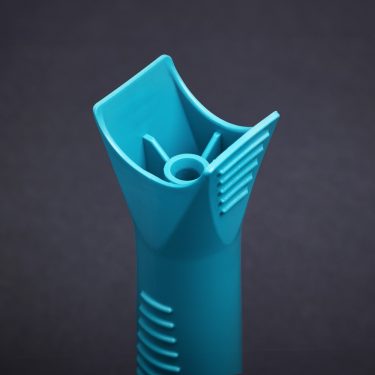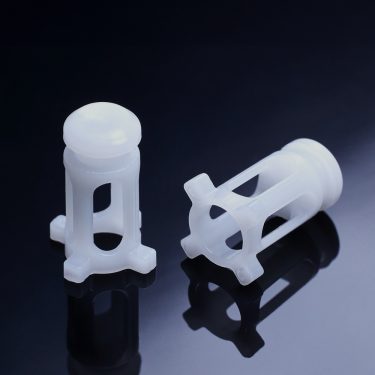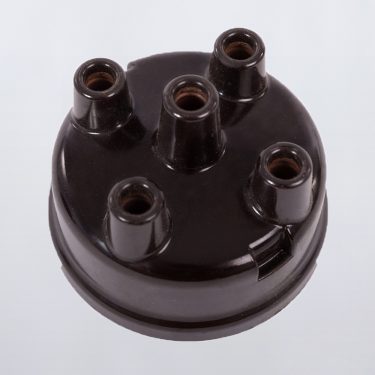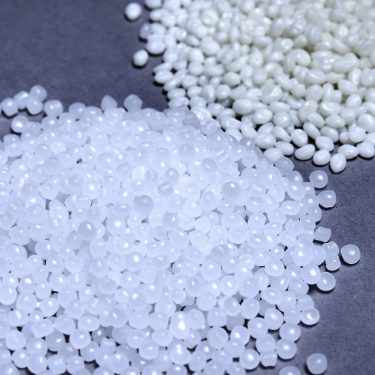The decision of whether to use an injection-molded tool is not only dependent on the quantity produced but also on several factors. The choice of material influences the costs and feasibility of the tool. Complex geometries or specific surface requirements can increase tooling costs. The tool’s lifespan and production duration also play a role. While tool amortization is more likely with larger quantities, a tool can still be worthwhile for smaller quantities if the component requires high precision or specific characteristics. It’s important to consider all aspects such as material, design, quantity, costs, and quality requirements to make the right decision.
Fast delivery time
Affordable tools
Up to 100,000 pieces
Injection Moulding Low Volume & Prototypes
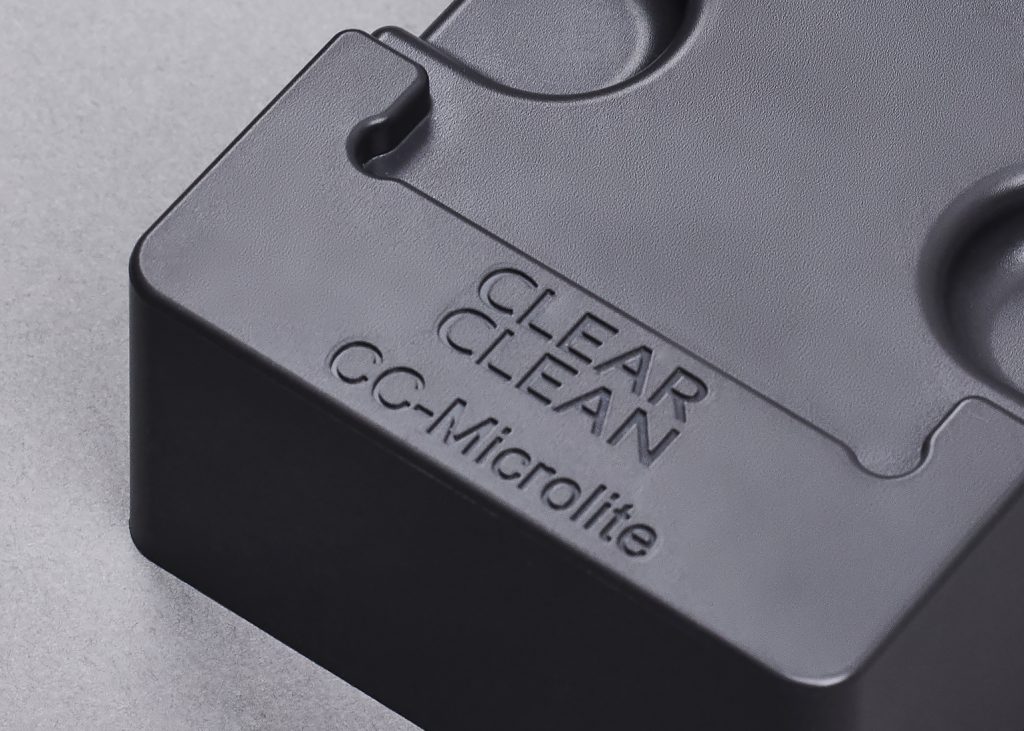
Small production runs and prototypes, manufactured through injection moulding using high-quality aluminum tools, are an essential step in product development. The use of aluminum tools enables efficient heat dissipation, reducing cycle times and increasing productivity. This approach offers a cost-effective way to test product ideas and produce limited quantities.
The precision of the process guarantees high-quality and repeatable parts. Injection moulding small production runs and prototypes in aluminum tools are, therefore, a valuable resource for companies to validate designs and pave the way for successful mass production.
Surface quality
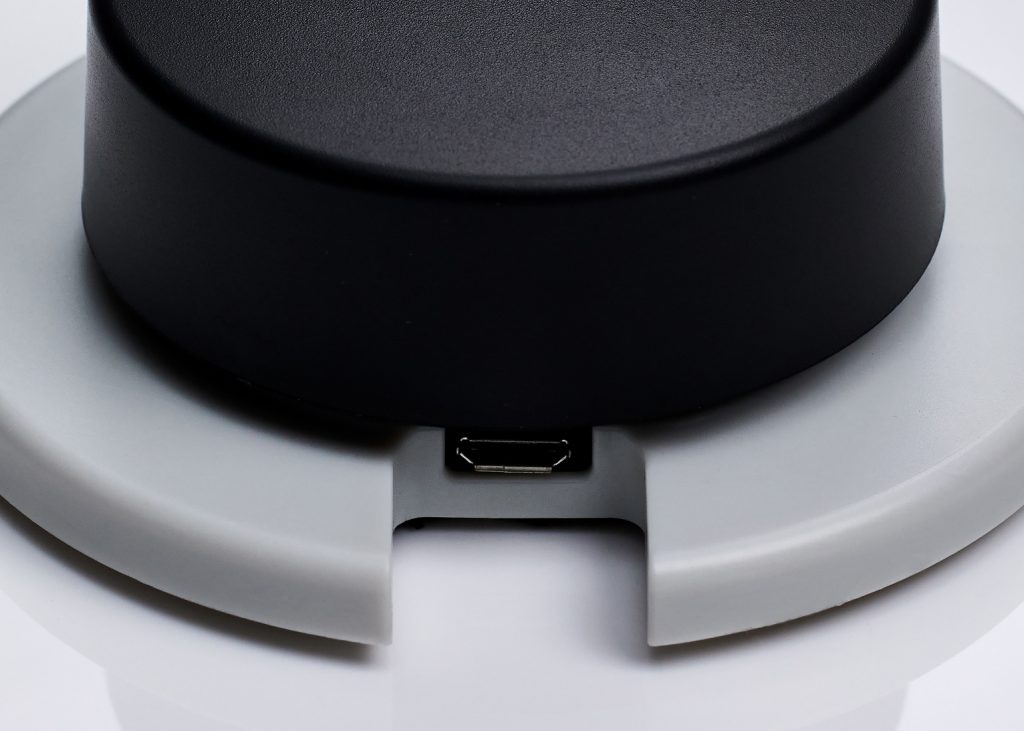
Surface quality plays a crucial role in the injection moulding process, especially when aluminum tools are involved. Finely textured surfaces are not only aesthetically pleasing but also significantly contribute to improved functionality. Aluminum molds enable precise shaping and surface finishing, leading to the production of products with top-notch surface quality and performance.
These features are of great importance in prototype and small-scale production, as they not only deliver visually impressive results but also enhance the overall functionality and durability of the parts.
Milled surfaces:
Advantages:
High precision and tight tolerances
Suitable for complex geometries
Uniform surface
Disadvantages:
Post-processing may be required
Blasted surfaces:
Advantages:
Reduced friction and wear
Dirt-repellent and easy to clean
Pleasant tactile feel
Disadvantages:
Additional costs for surface treatment
Ground surfaces:
Advantages:
Excellent surface quality and gloss
Low dirt adhesion
Disadvantages:
Higher costs
Longer production times
Polished surfaces:
Advantages:
High-gloss appearance
Minimized dirt adhesion
Disadvantages:
Longer production times
Surface scratches may be noticeable
Production-grade material for low volume
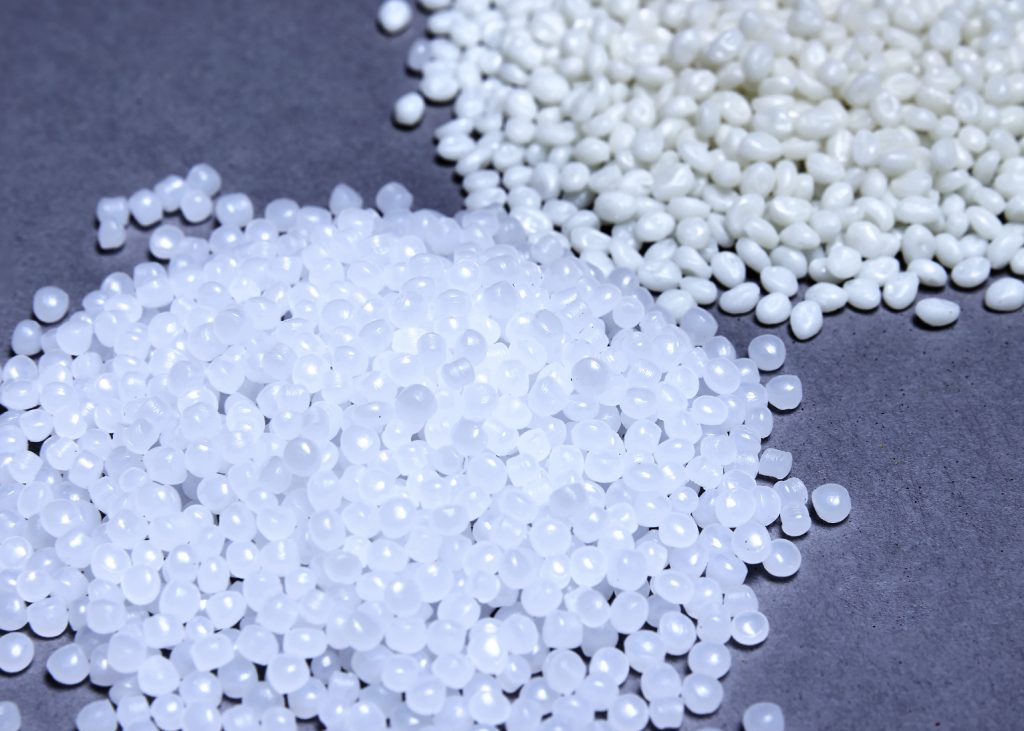
In our low volume injection moulding, we consistently use proven production-grade materials. Our customers benefit from this robust approach because it guarantees high-quality end products during the injection moulding process. At the same time, it leads to an extremely efficient production process. Quality and efficiency go hand in hand, which means that you not only receive top results but also enjoy a seamless and cost-effective manufacturing process.
For us, the most important thing is that your requirements for small series injection molding are reliably met.Spritzgusskleinserien zuverlässig erfüllt werden.
Injection moulded parts in one to two weeks
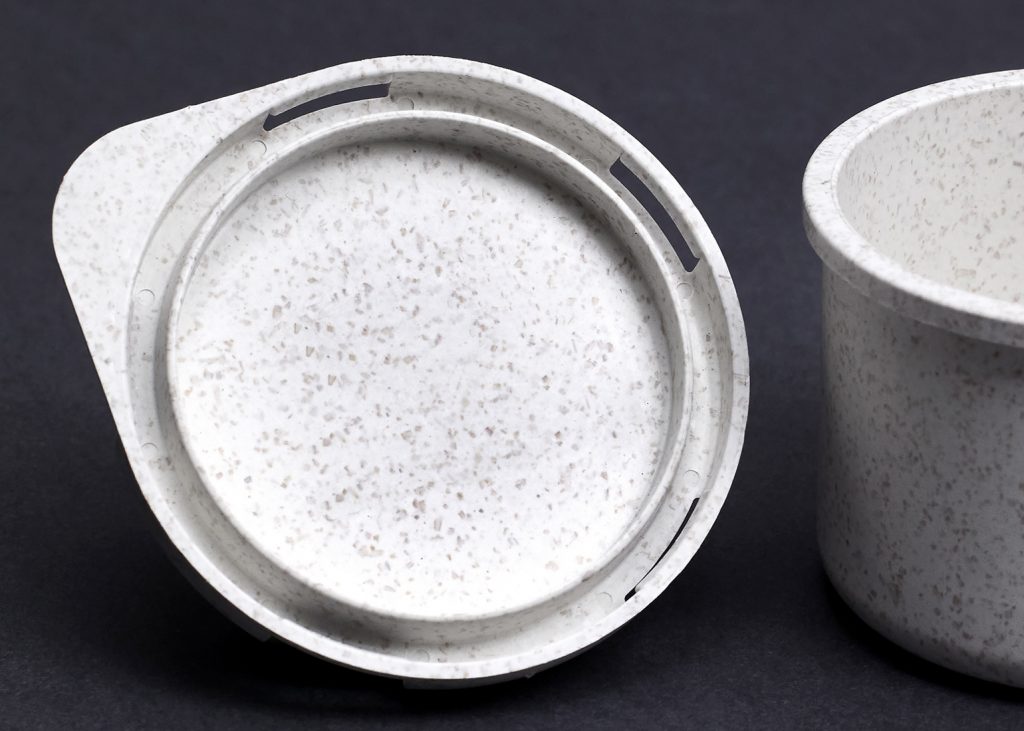
We at Hansemold are here to accompany you from the initial idea to the production of your components. Our Rapid Tooling process for manufacturing aluminum tools is a key to our time and cost efficiency. We can create cost-effective tools to then manufacture your component using the injection moulding process, meeting your specific requirements.
And when it comes to materials, there are almost no limits. We can process nearly all materials in the injection molding of small series. At Hansemold, we strive to execute your projects cost-effectively and on schedule.
The injection moulding process offers several advantages in the production of prototypes and low volume. Here are the key aspects explained clearly:
- Precision and Reproducibility:
Injection moulding allows for exceptional precision and reproducibility in part production. This is particularly crucial when manufacturing prototypes as they need to adhere to exact specifications for evaluating function and fit. Simultaneously, this precision in small-scale production ensures that each part is consistent and of high quality. - Cost Optimization:
Injection moulding provides a cost-effective solution for producing prototypes and small series. While tooling costs may be initially high, they amortize quickly because injection moulding machines can produce parts rapidly and in large quantities. This significantly reduces per-unit costs, making it a cost-efficient option even for smaller series. - Material Variety and Design Freedom:
Injection moulding allows for the use of a wide range of plastic materials, including thermoplastic polymers and elastomers. This offers designers the flexibility to choose the right material for the specific requirements of their prototype or small series. Furthermore, injection moulding enables complex shapes and fine details, providing design freedom and creative possibilities.
In summary, injection moulding offers precision, cost optimization, and design freedom in the production of prototypes and small series. This makes it an attractive option for those in need of high-quality parts, whether for functional prototypes or products in limited quantities.
The accuracy and precision of injection-moulded parts depend on various factors that are important for both experienced designers and novices. Here are the key influencing factors explained briefly and clearly:
Material Selection: Choosing the right plastic material is crucial. Different materials have varying shrinkage rates and mechanical properties. Selecting the appropriate material, considering desired characteristics, application, and environmental conditions, is essential before tooling.
Tool Design and Quality: The precision of the injection moulding tool (also known as mold or die) is critical. Tool manufacturing requires precision and high-quality materials. Thoughtful tool design, including mold cavities and cooling systems, significantly impacts the final quality of the parts.
Process Parameters: Configuring the injection moulding machine and controlling process parameters are of great importance. This includes injection speed, pressure, temperature, and cooling times. The right setup ensures that the molten material is evenly injected into the mold and that the parts cool correctly to minimize warping or deformations.
Overall, the accuracy and precision of injection-moulded parts result from careful planning, material selection, tool manufacturing, and process control. It requires expertise and experience to effectively optimize these factors and ensure that the produced parts meet the desired specifications.
The lifespan of an aluminum injection moulding tool can vary significantly and depends on several factors, including:
- Material Quality: The quality of the aluminum used affects durability. High-quality aluminum alloys can offer longer lifespans.
- Plastic Material: The injected plastic material can impact lifespan, as some materials are more abrasive than others.
- Production Conditions: Operational factors like temperature, pressure, and cycle time can affect tool stress.
- Tool Design: Carefully designed tools with appropriate geometries and cooling systems can extend lifespan.
- Maintenance and Care: Regular maintenance, cleaning, and upkeep are critical for tool longevity.
In general, aluminum injection moulding tools, depending on the factors mentioned, can last from hundreds of thousands to several hundred thousand cycles. For higher production demands or more demanding materials, the use of tools made from harder materials like steel may be considered to achieve longer lifespans.
The costs of an injection-moulded part vary depending on several factors:
- Material: The choice of plastic material significantly influences costs. High-performance materials are often more expensive.
- Size and Complexity: Larger and more complex parts may require more elaborate tools and longer cycle times, which increase costs.
- Quantity: The required quantity affects tooling costs and the cost-effectiveness of production. Mass production can reduce costs per part.
- Tolerances and Surfaces: Tighter tolerances and special surface requirements can increase costs.
- Design: An optimized design for the injection molding process can reduce costs.
- Tooling Costs: The production of the injection molding tool is a one-time investment that impacts per-part costs.
- Quality Control: Adhering to quality standards may incur additional costs.
Since these factors can vary significantly, it is difficult for us to provide an exact price without specific information. Please feel free to email us to receive an accurate cost estimate based on the individual requirements of your component.
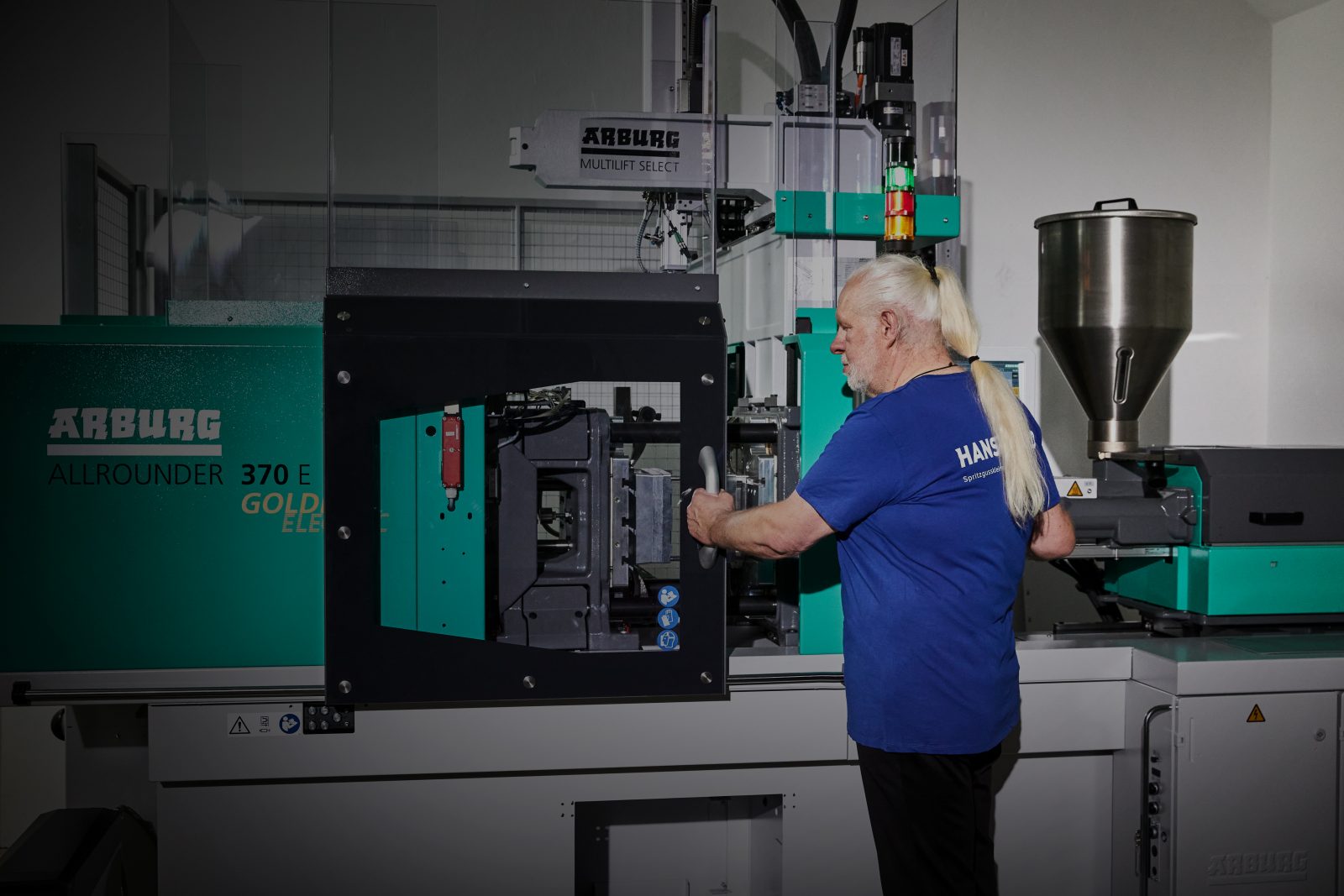
Efficiency through automation
INJECTION MOULDING LOW VOLUME AND PROTOTYPES AT HANSEMOLD
The injection moulding process has established itself as one of the most efficient methods for producing plastic parts. When it comes to small-batch production, injection molding offers clear advantages. Here are some of the key aspects that make this technology valuable in small-batch development at Hansemold:
- Precision and Consistency: Injection moulding allows for high precision in shaping parts, which is particularly crucial for prototypes and small batches. The consistency of produced parts ensures an accurate evaluation of design and functionality aspects.
- Flexibility: The versatility of injection moulding allows for the production of a wide range of shapes and sizes. This is invaluable when companies need to create prototypes and small-batch productions for various products or models.
- Rapid Production: The injection moulding process enables relatively short cycle times, speeding up the production of prototypes and small batches. This is especially advantageous when a quick market launch is necessary or design adjustments are required.
- Economic Benefits: Utilizing injection moulding for small batches reduces the cost per unit, as production costs can be kept low due to automated processes and efficient material utilization.
The Role of Prototypes and Injection Moulding Low Volume in Product Development
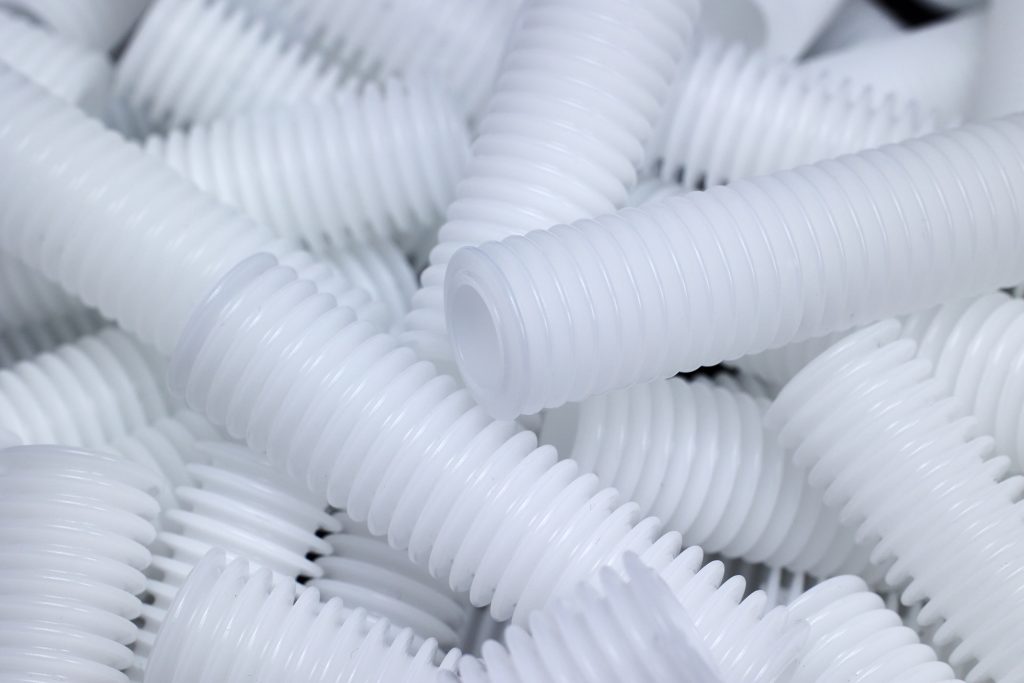
Prototypes and injection moulding small batches play a crucial role in product development. Prototypes allow for the validation of design concepts, testing of functionalities, and early detection of design flaws. They expedite the development process and reduce costs, as design changes in the early stages are more cost-effective.
Injection moulding small batches enable the production of realistic product samples on a small scale. This is particularly useful for market research, presentations, and testing before mass production begins. They help minimize the risk of misinvestment and enhance product quality. Overall, prototypes and small batches are indispensable tools for efficient and successful product development.
Do you need injection moulding low volume made from original material?
Feel free to contact us so that we can provide you with a quote.
